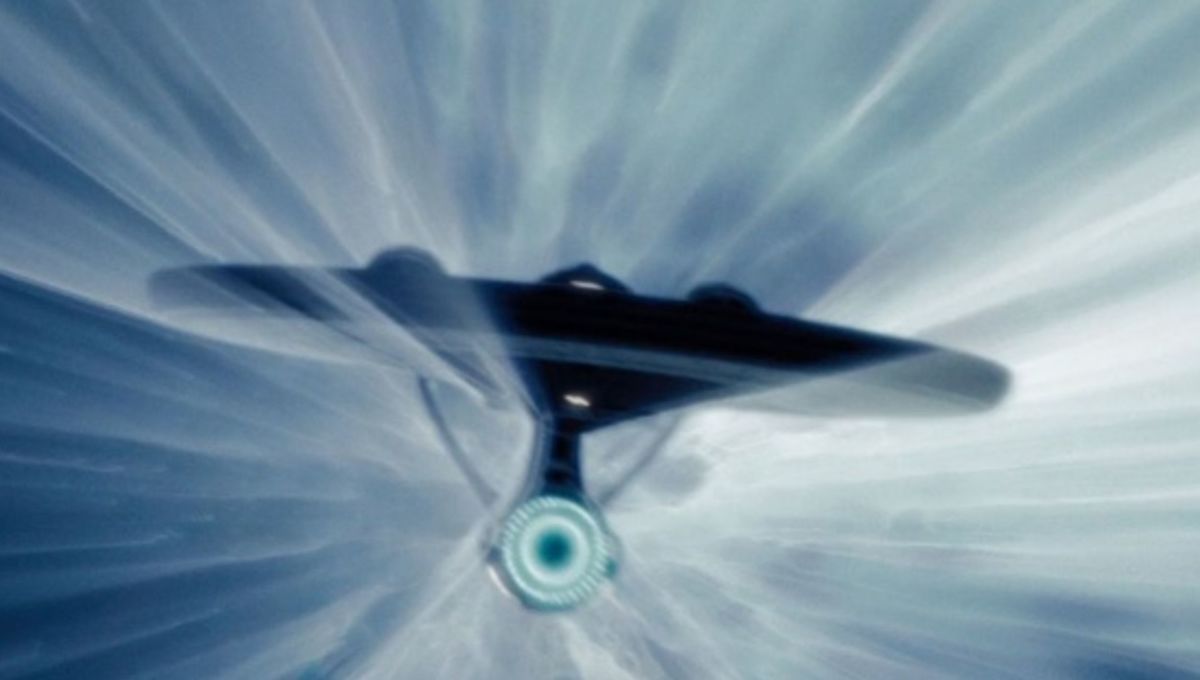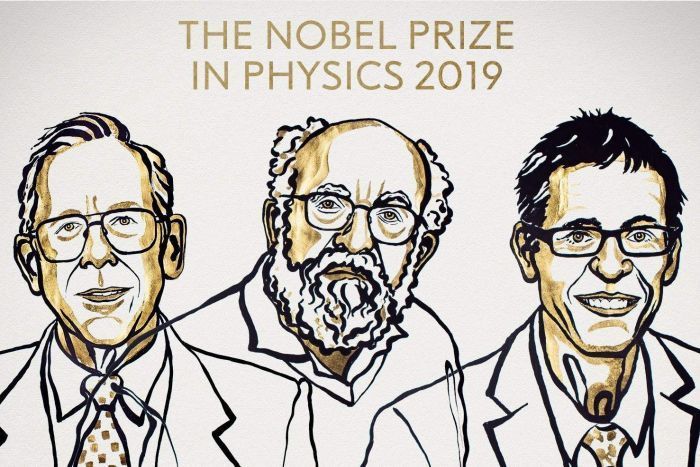UFOs and the Space-Time Bending Technology Behind Them
Article by Tim Hinchliffe March 14, 2020 (sociable.co)
• The Navy has confirmed that the UFOs (or UAPs) seen in Navy videos performing seemingly impossible maneuvers are “real”. But this doesn’t mean they are aliens. It is more likely that they were built by humans under a black budget secret space program. Supporting this assertion is the fact that the Defense Intelligence Agency (DIA) has spent $22 million dollars on research into warp drives, antigravity, wormholes, extra dimension manipulation, and more.
• Declassified government research into warp drives provides insight into how UFOs could theoretically bend space-time as a means of propulsion. The DIA disclosed 38 research papers that were funded and created under the Pentagon’s ‘Advanced Aerospace Threat Identification Program’. One of the papers is entitled “Warp Drive, Dark Energy and the Manipulation of Extra Dimensions.”
• According to the ‘Warp Drive’ research paper, “Physicists have discovered two loopholes to Einstein’s ultimate speed limit: the Einstein-Rosen bridge (ie: a ‘wormhole’) and the warp drive.” Both ideas involve manipulation of space-time itself. The paper’s authors extrapolate on the work of Miguel Alcubierre who in 1994 theorized that by manipulating extra dimensions, a warp drive could bend space around a craft by contracting space in front of it while expanding space behind it.
• The basic idea is to manipulate the fabric of space in the immediate vicinity of а spacecraft, by creating a bubble of space that is contracting in front of the spacecraft while expanding behind it, in order to create propulsion. Warping space and moving through time is known as “warp drive”. Within its own time-warp bubble, the craft itself isn’t exceeding the speed of light. The craft remains stationary inside this ‘warp bubble’. The movement of space around it facilitates the relative motion of the spacecraft.
• Warp drive manipulates extra dimensions in order to gain control of dark energy. If a technology were able “to influence the radius of an extra dimension, then it would acquire direct control over dark energy, and hence the expansion and contraction of space itself,” according to the paper. “[T]he dark energy density would… change only in the vicinity of the spacecraft, as would the expansion of space.” “[T]he universe would continue to expand at the гаtе we observe today, but that only in the proximity of the spacecraft would space bе “stimulated” to expand at some modified rate.”
• Michael Masters, a professor of biological anthropology at Montana Tech, claims in his book: Identified Flying Objects: A Multidisciplinary Scientific Approach to the UFO Phenomenon, that many UFOs are actually made by humans in the future, whom he calls “extratempestrials.”
• Joseph Agnew, an undergraduate engineer at the University of Alabama and research assistant at the Huntsville Propulsion Research Center, agrees that warp drive is theoretically possible, but that “further advances in quantum physics, quantum mechanics and metamaterials” are still needed to make them a reality.
• Whether or not these technologies are currently ‘operational’, the US government is certainly working on a slew of exotic advanced technologies. In addition to space-time bending warp drive propulsion, the government is also currently researching stargates, wormholes, and antigravity.
 Last year the US Navy confirmed that UFOs exist, meaning someone has access to advanced technology to build them. Declassified government research into warp drives provides insight into how UFOs could theoretically bend spacetime as a means of propulsion.
Last year the US Navy confirmed that UFOs exist, meaning someone has access to advanced technology to build them. Declassified government research into warp drives provides insight into how UFOs could theoretically bend spacetime as a means of propulsion.
Slowly but surely, the confirmed existence of UFOs is entering the public consciousness.
Leaked video footage depicts Unidentified Aerial Phenomena (UAP) making seemingly impossible maneuvers while the Air Force pilots recording the craft looked on in wonder, literally shouting, “Wow! What is that, man? Look at that flying!”
More palatable, perhaps, than claiming these UFOs come from ETs, is the probability that they were built by humans as part of some black budget secret space program.
When you stop to think about the magnitude of what that actually means, you realize that there is advanced technology out there that is way beyond anything that is commercially available at present.
The Navy has confirmed that the UFOs seen in leaked video footage are real UAP, senators have been briefed on UFO sightings, and between 2007 and 2012 the Defense Intelligence Agency (DIA) spent $22 million dollars on research into warp drives, antigravity, wormholes, extra dimension

manipulation, and whole lot more!
As a thought exercise, let’s take a look at one of the 38 research papers that the DIA disclosed it had funded as part of its “Advanced Aerospace Threat Identification Program” called “Warp Drive, Dark Energy and the Manipulation of Extra Dimensions.”
Therein it explains how an advanced technology could theoretically bend space and time around a craft as a form of propulsion called a warp drive — which doesn’t violate the cosmic speed limit.
“Physicists have discovered two loopholes to Einstein’s ultimate speed limit: the Einstein-Rosen bridge (commonly referred to as а ‘wormhole’) and the warp drive,” the paper reads.
“Fundamentally, both ideas involve manipulation of spacetime itself in some exotic way that allows for faster-than-light (FTL) travel.”
FAIR USE NOTICE: This page contains copyrighted material the use of which has not been specifically authorized by the copyright owner. ExoNews.org distributes this material for the purpose of news reporting, educational research, comment and criticism, constituting Fair Use under 17 U.S.C § 107. Please contact the Editor at ExoNews with any copyright issue.




